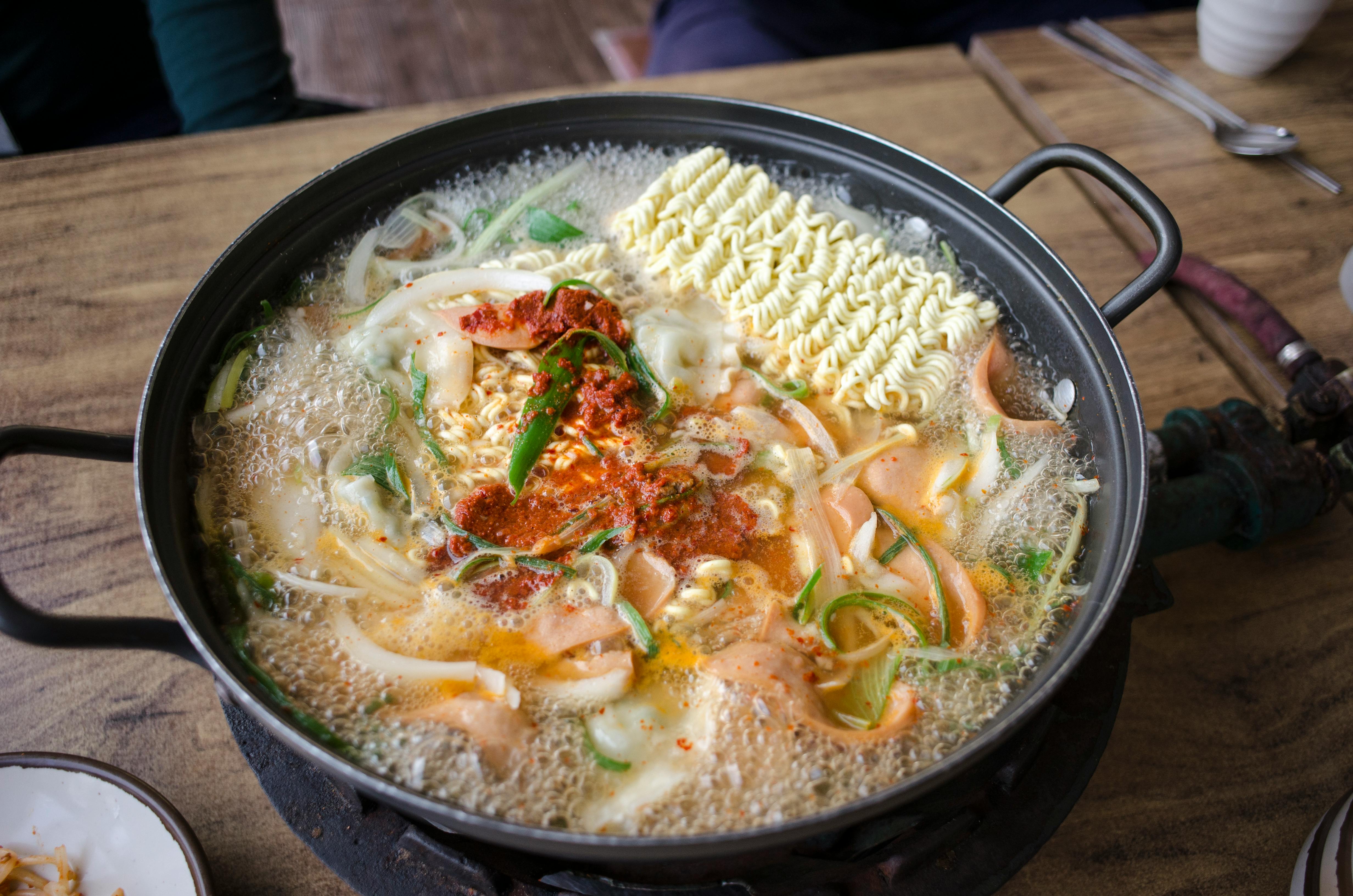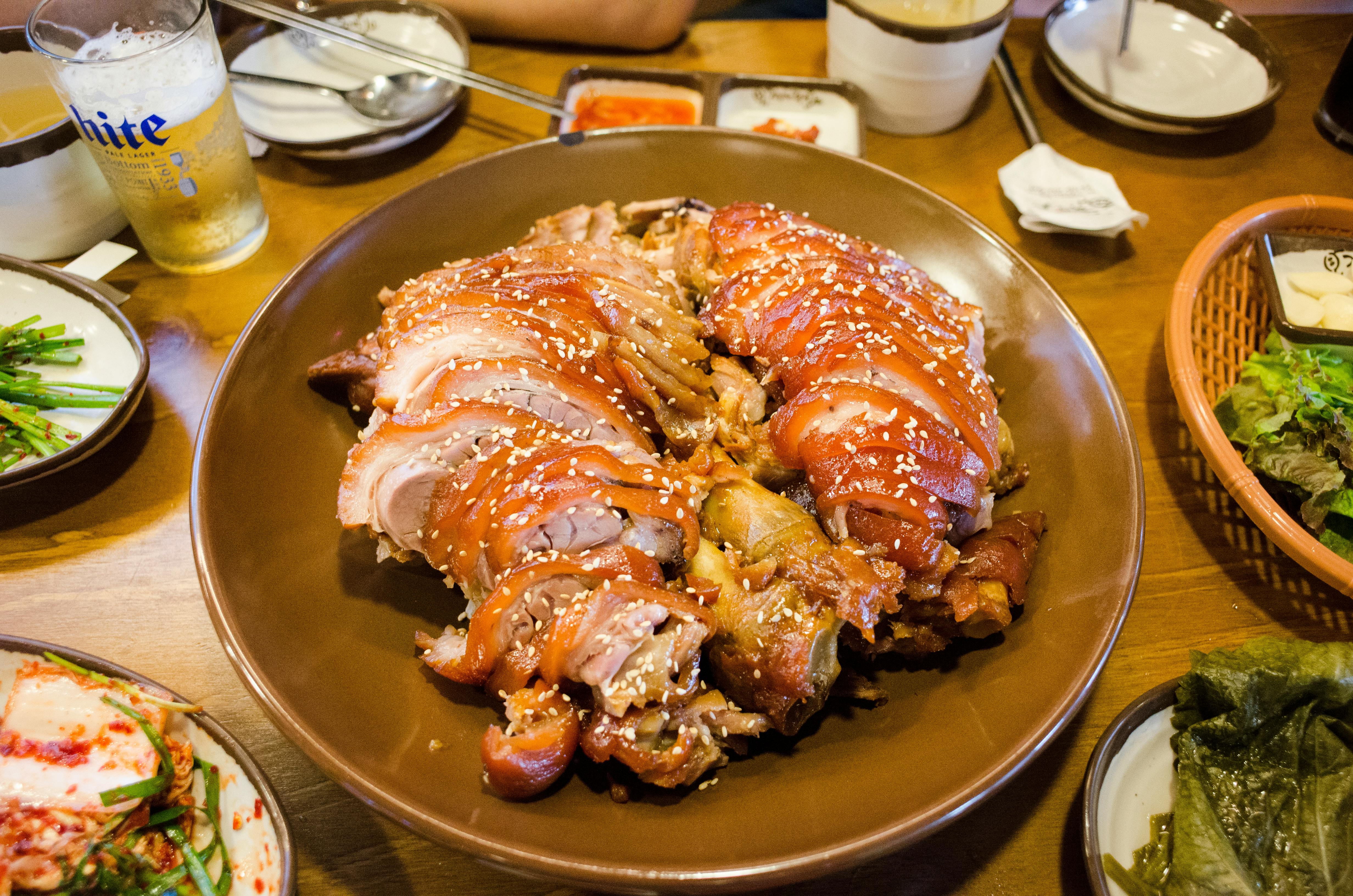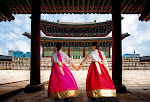
The Korean Food Table is a celebration of flavors, tradition, and sharing — inviting you to savor each dish and discover the stories behind them, embodying the joy of togetherness in Korean dining culture.
The Korean Food Table: Tradition, Flavor, and Togetherness
Introduction

The Korean Food Table is more than cuisine — it represents a philosophy of balance, seasonality, and community. Known for its array of banchan (side dishes), it emphasizes sharing, respect for ingredients, and the cultural values of togetherness. As hansik continues to gain global popularity, understanding its traditions enriches both dining and cultural appreciation.
The Essence of the Korean Food Table
Meals are structured to balance taste, texture, and nutrition. The variety of small plates reflects seasonality and creativity, while the communal setup highlights the importance of family and social bonds.
- Variety: Multiple small dishes with diverse flavors and textures
- Balance: Meals designed for nutritional harmony
- Seasonality: Fresh, seasonal produce drives menus
- Sharing: Food placed centrally, encouraging connection
- Presentation: Color and arrangement enhance the dining experience
Traditional Dishes That Define the Table
These core dishes often appear on Korean tables and showcase the breadth of flavors:
| Dish | Key Features | Cultural Significance |
|---|---|---|
| Kimchi | Fermented vegetables with chili and garlic | National staple; symbol of resilience and heritage |
| Bulgogi | Soy-garlic marinated beef, grilled | Celebratory dish; often eaten in gatherings |
| Japchae | Glass noodles stir-fried with vegetables | Festival food; prized for chewy texture |
| Kimchi Jjigae | Spicy stew with kimchi, tofu, pork/seafood | Everyday comfort food, symbol of home cooking |
| Pajeon | Savory green onion pancake | Rainy-day favorite, enjoyed with makgeolli |
Dining Customs and Etiquette
Korean dining traditions reflect respect, hierarchy, and harmony. Knowing these customs enriches the meal:
- Seating: Elders or honored guests sit at the head of the table
- Serving: Always serve others before yourself
- Chopsticks: Never stick chopsticks upright in rice; use politely
- Drinking: Turn slightly away from elders when drinking alcohol
- Finishing: Avoid leaving food behind; shows respect for effort and resources
Field Notes: What It Feels Like
- Bright colors create a feast for the eyes before the meal begins
- Fragrance of garlic, sesame oil, and kimchi fills the air
- Sizzle of grilled meat adds excitement to the table
- Contrast of textures — crispy pajeon vs. chewy japchae
- The warmth of communal sharing enhances belonging
Try It Yourself
Recreate the Korean Food Table at home with these steps:
- Plan: Choose one main dish + 3–5 banchan for balance
- Shop: Stock up on essentials like gochujang, sesame oil, and kimchi
- Prep Ahead: Make banchan (spinach namul, bean sprouts) in advance
- Arrange: Use small bowls/plates to mimic authentic layout
- Share: Invite friends/family; dining is best enjoyed together
Conclusion

The Korean Food Table is both cuisine and culture. It nourishes body and spirit, embodying balance, tradition, and the joy of togetherness. Whether at a restaurant or your own kitchen, embracing these elements transforms a meal into a cultural experience.
FAQ
What are key dishes?
Kimchi, bulgogi, japchae, and jjigae are foundational. Adding seasonal banchan enriches the experience.
How to recreate it at home?
Use authentic ingredients, prepare side dishes ahead, and arrange them aesthetically. Invite company to enjoy it communally.
What’s the role of banchan?
Banchan represent balance and generosity, turning meals into shared experiences and reflecting Korea’s seasonal food philosophy.
Are there etiquette rules?
Yes — elders begin first, serve others before yourself, and practice respectful chopstick use.
How has it evolved globally?
Hansik now blends tradition with modern twists worldwide, while preserving its communal and seasonal essence.




0 Comments